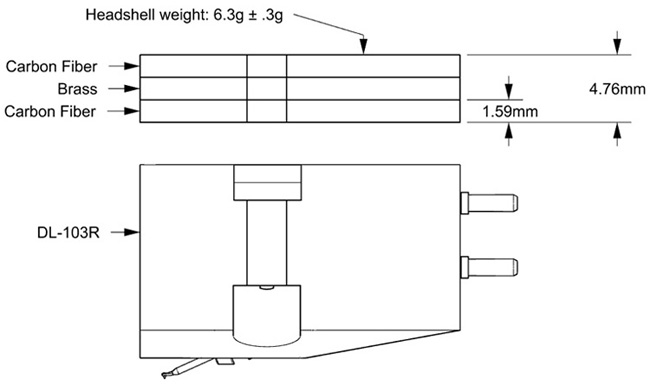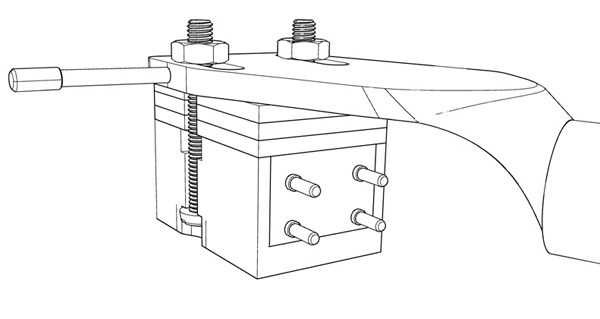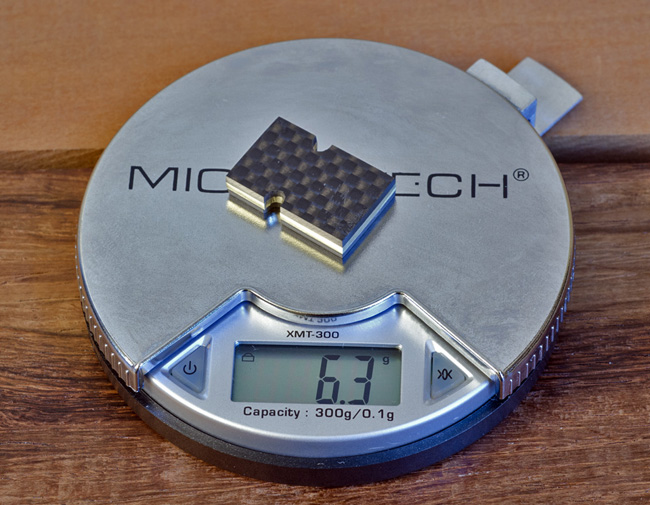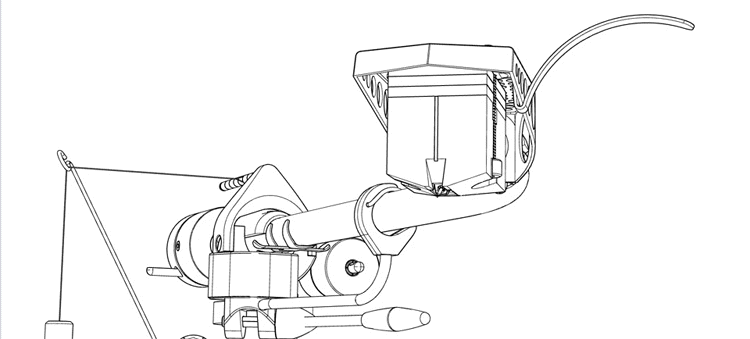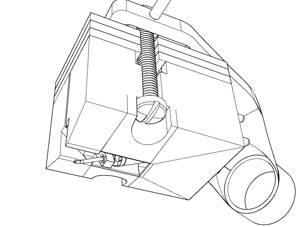-edible zone-
Headweights
Usually headweights are employed with the tonearm
in question when the particular tonearm isn't quite massive enough to
fully exercise the suspension of the cartridge that is to be mounted.
There is a difference in terms between effective mass of a tonearm
and vertical tracking force. Vertical tracking force is a static measure
of weight (measured in grams) carried by the phonograph stylus.
Effective mass is a calculation that goes like this: "The effective mass
of a tonearm is equal to the moment-of-inertia about its pivot divided
by the square of its effective length."
I would further
differentiate the effects of effective mass and vertical tracking force
by noting that 'effective mass' takes into consideration the forces
imposed upon the cantilever and its suspension under the actual
conditions of playing a record. The side forces felt. The ups and downs
of diagonal motion. Tracking over warps, etc.
What are
headweights good for?: In most cases a headweight is mounted between the
cartridge and the headshell part of the tonearm in order to add weight
directly over the stylus as a record is played. After vertical tracking
force is adjusted the effect of the headweight is to add 'effective
mass' to the tonearm so that it may better accommodate certain types of
cartridges, usually low output moving coil, that have very stiff
suspensions (low compliance). It is most effective in the case where a
medium or low mass tonearm needs to be paired with a cartridge of low
compliance. The other, and usually preferred, alternative is to simply
use a tonearm that already has enough effective mass to adequately
operate the suspension of a low compliance MC cartridge.
Q: are
there limits to how much mass may be added? A: yes. It is possible to
add so much weight over the stylus that the counterweight at the other
end doesn't have enough mass to balance or even achieve correct vertical
tracking force. In such cases, it may be possible to find a heavier
counterweight.
Typically it is desirable for an arm and cartridge
pairing to be compatible in terms of mass/compliance to achieve a static
arm/cartridge resonance in the range between 8hz and 12hz. This can be
measured with a test record to verify. (I use test record HFN 001)
Here is an example of a headweight I have assembled and used to
increase effective mass of various lighter tonearms to the point where
they can successfully match-up with a Denon DL-103R low output moving
coil cartridge.
Denon DL-103 and -103R low output moving coil
phono cartridges.
